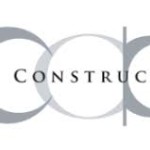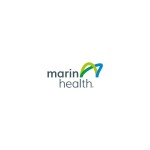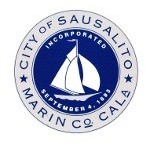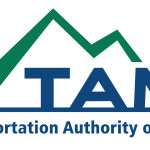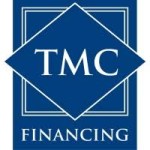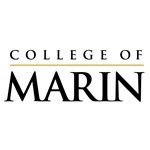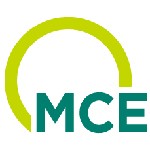Novato’s Buck Institute opens world’s largest public stem cell bank
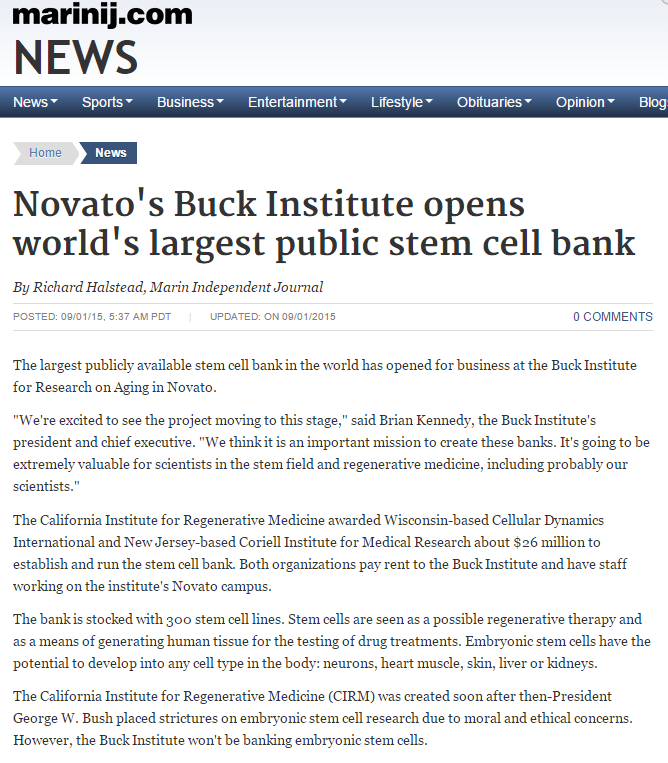
By Richard Halstead
The largest publicly available stem cell bank in the world has opened for business at the Buck Institute for Research on Aging in Novato.
“We’re excited to see the project moving to this stage,” said Brian Kennedy, the Buck Institute’s president and chief executive. “We think it is an important mission to create these banks. It’s going to be extremely valuable for scientists in the stem field and regenerative medicine, including probably our scientists.”
The California Institute for Regenerative Medicine awarded Wisconsin-based Cellular Dynamics International and New Jersey-based Coriell Institute for Medical Research about $26 million to establish and run the stem cell bank. Both organizations pay rent to the Buck Institute and have staff working on the institute’s Novato campus.
The bank is stocked with 300 stem cell lines. Stem cells are seen as a possible regenerative therapy and as a means of generating human tissue for the testing of drug treatments. Embryonic stem cells have the potential to develop into any cell type in the body: neurons, heart muscle, skin, liver or kidneys.
The California Institute for Regenerative Medicine (CIRM) was created soon after then-President George W. Bush placed strictures on embryonic stem cell research due to moral and ethical concerns. However, the Buck Institute won’t be banking embryonic stem cells.
The stem cell bank at the Buck will house induced pluripotent stem cells. Like embryonic stem cells, induced pluripotent stem cells have the potential to be reprogrammed into any cell type in the human body. But pluripotent stem cells don’t have to be harvested from embryos; they are mature cells, like blood or skin cells, that have been converted to an embryonic-like state.
Tissue samples will be collected from 3,000 volunteer donors by researchers at the University of California, San Francisco, U.C. San Diego, U.C. Los Angeles and Stanford University.
Samples will be taken from patients suffering from Alzheimer’s disease, autism spectrum disorders, liver diseases, cardiovascular diseases, neurodevelopment disabilities, diseases of the eye or respiratory diseases. Cellular Dynamics International will convert the tissue into stem cell lines at the Buck Institute.
Kaz Hirao, Cellular Dynamics’ chief executive, said pluripotent stem cells “are proving to be powerful tools for disease modeling, drug discovery and the development of cell therapies, capturing human disease and individual genetic variability in ways that are not possible with other cellular models.”
Stem cells will make it easier and faster for drug companies to test new drugs for side effects. Currently, extensive testing is done on animals before drugs are given to people, which is a long and costly process. The ideal solution is to test drugs on human cells without risking human health. Since the most common drug side effects occur in the liver, kidney and heart, stem cells can be used to create those tissues for testing use.
The Coriell Institute will manage the biospecimen collection at the Buck and distribute the samples to labs worldwide.
Kennedy said, “They’re kept in liquid nitrogen stock so they’re kept very, very cold.”
Read Marin IJ article

